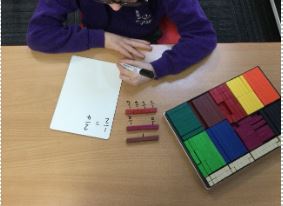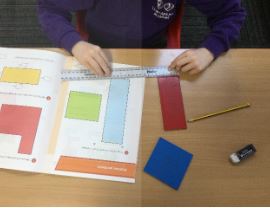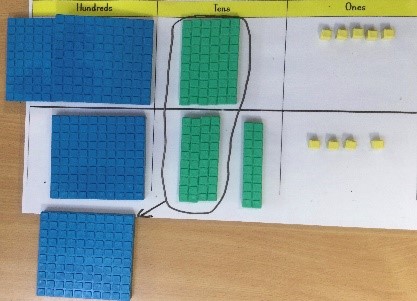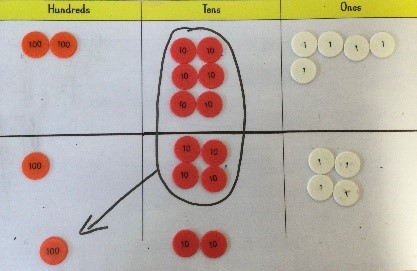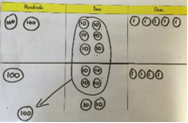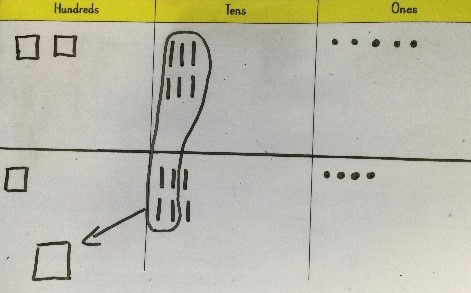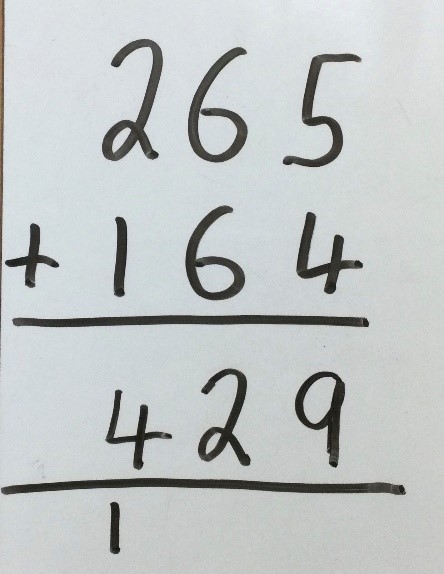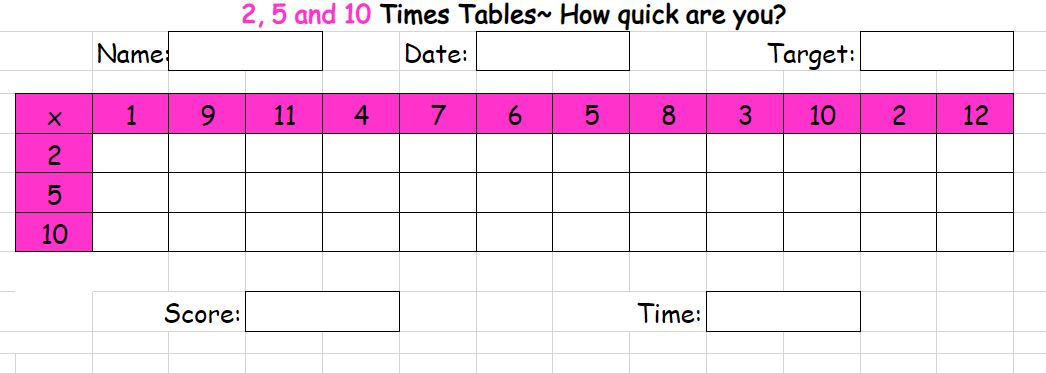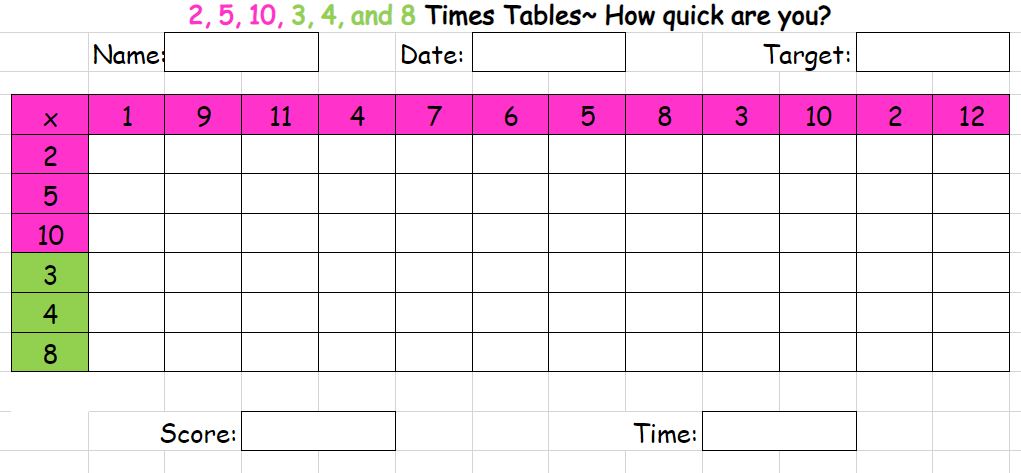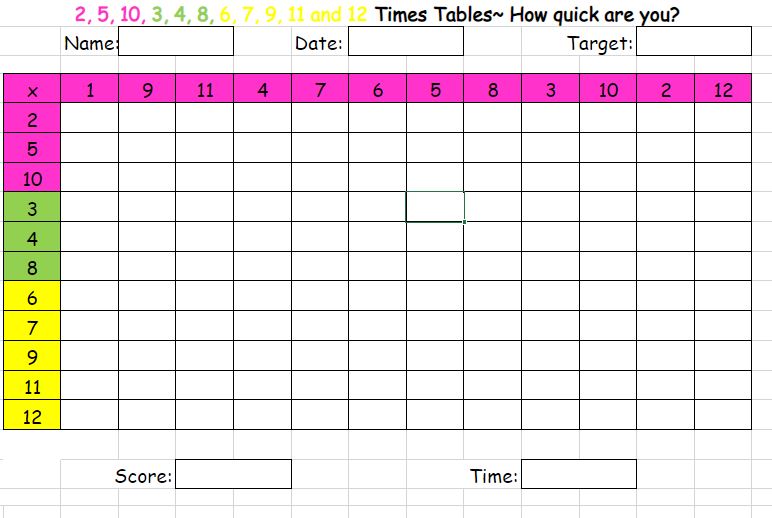Mathematics
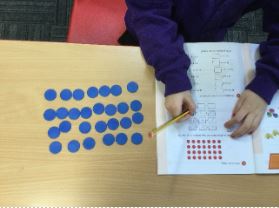
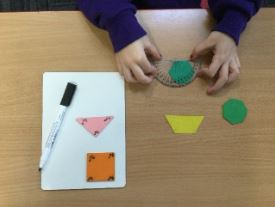
Intent
At Danesholme Junior Academy, we believe that our maths curriculum will create enthusiastic, creative, and articulate mathematicians. Through a varied and inspiring curriculum, we aim to develop the children’s mathematical fluency, reasoning, and problem-solving skills – skills that are easily transferrable across the curriculum and into later life.
Implementation
As an Academy, our approach to maths is both skills and knowledge based. Our long-term and medium-term planning follows the White Rose maths scheme of learning approach which embraces the aims and requirements of the National Curriculum. The White Rose guidance supports our teachers in planning and delivering lessons that help pupils to become enthusiastic, creative, and articulate mathematicians.
YEAR 3
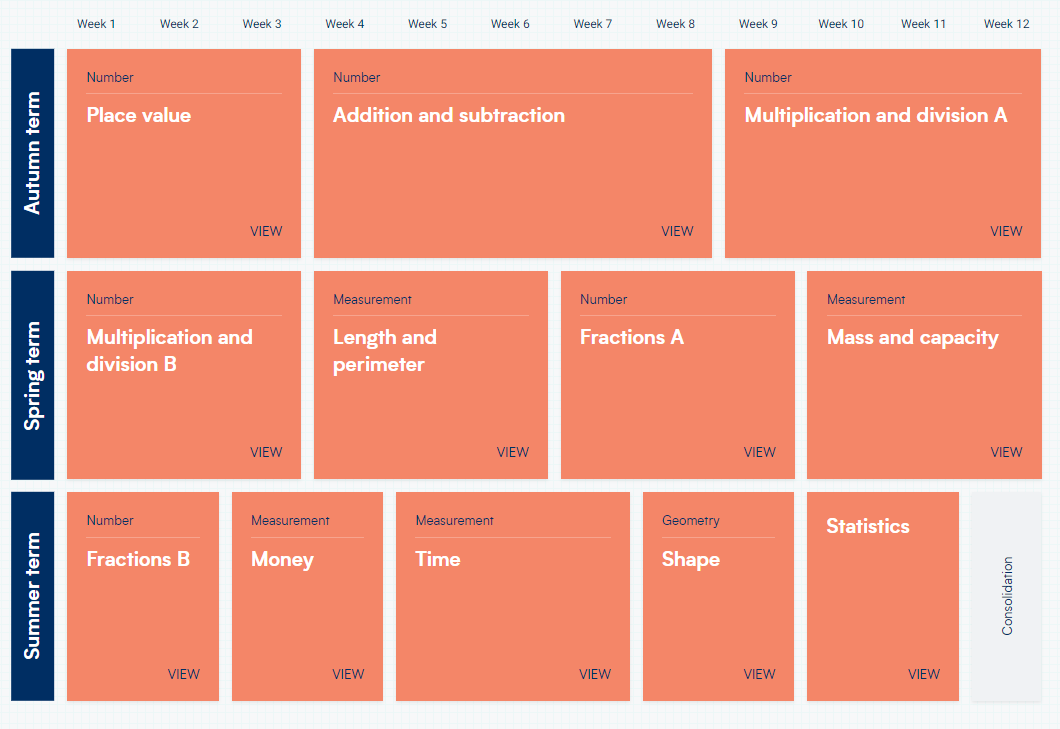
YEAR 4
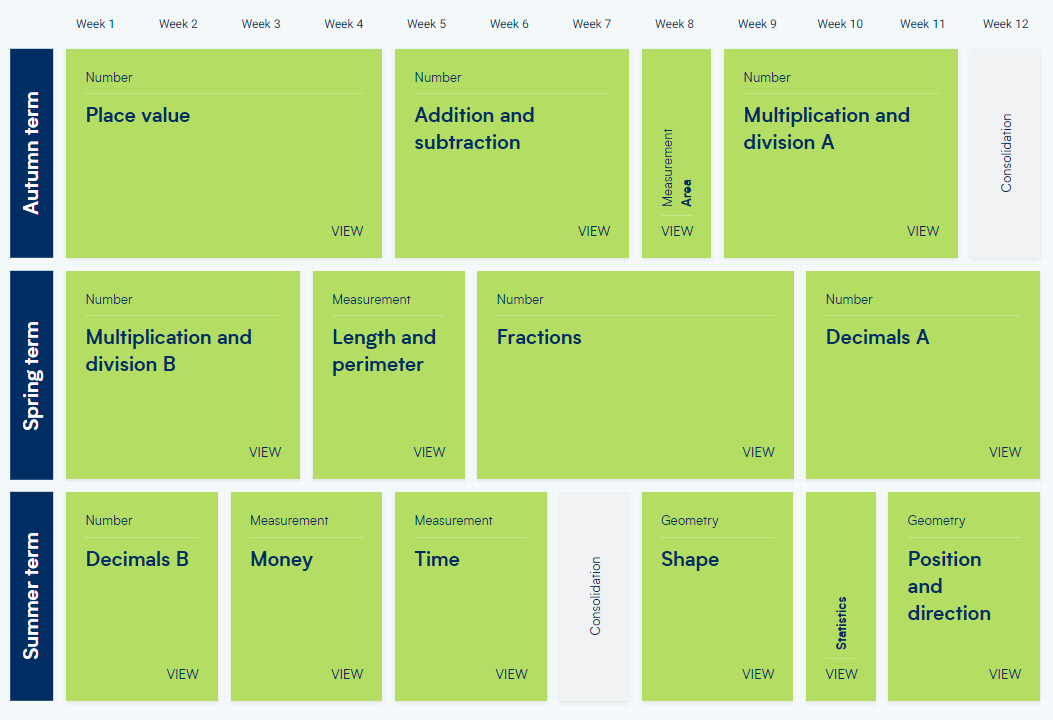
YEAR 5
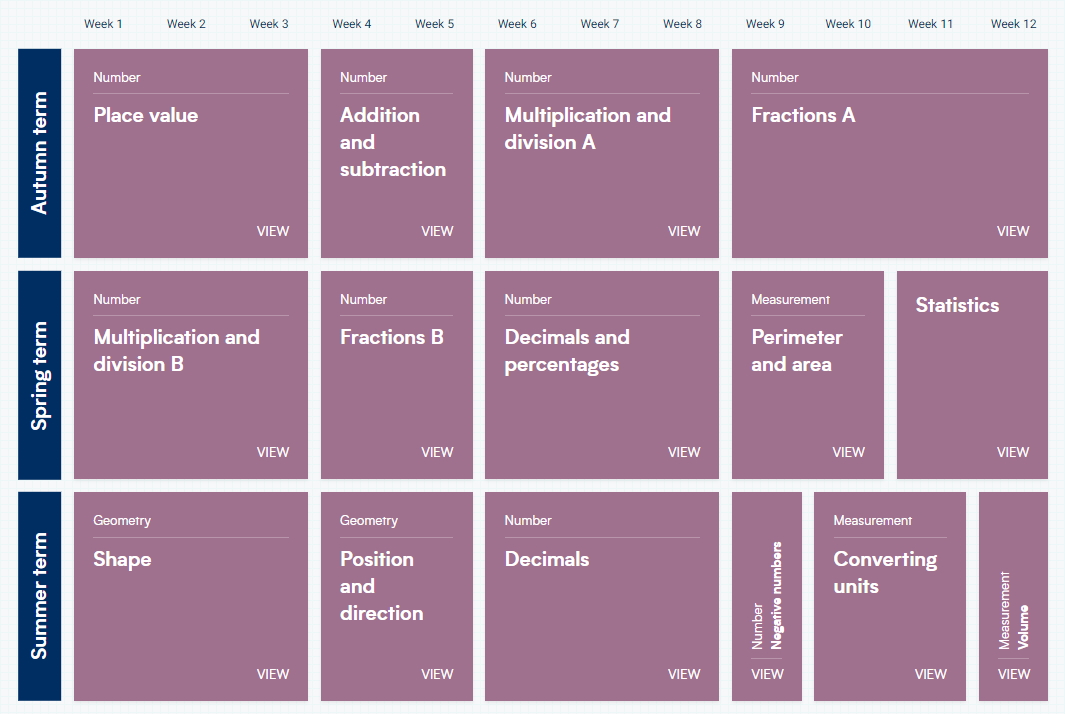
YEAR 6
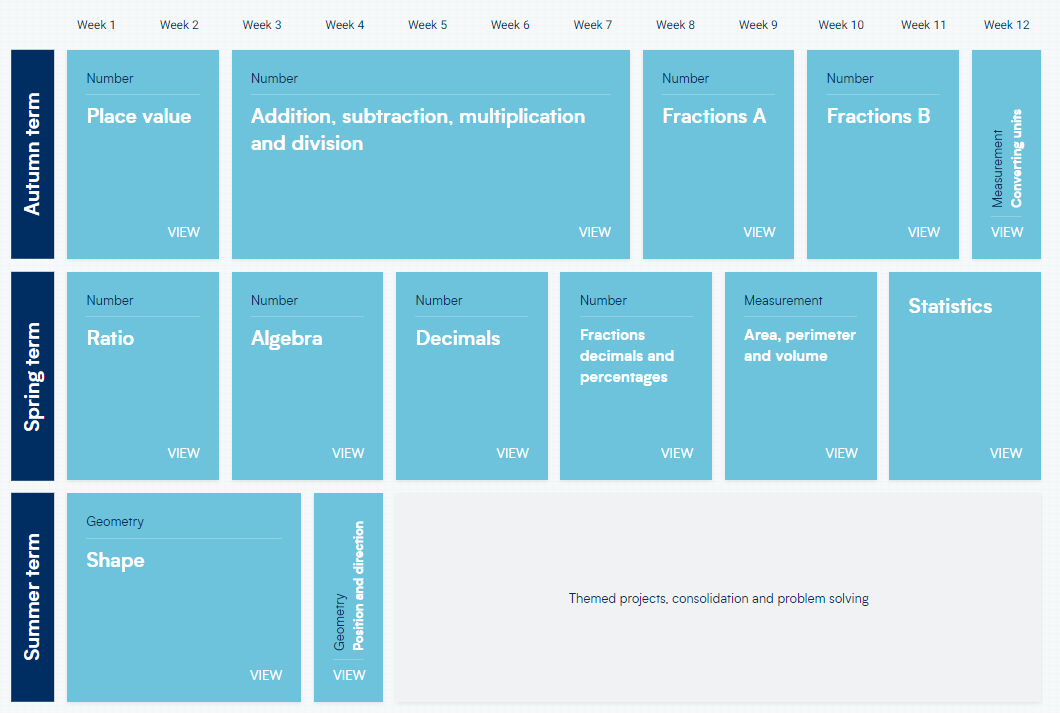
In order for children to develop into well-rounded and passionate mathematicians, children are encouraged to apply the concrete – pictorial – abstract representational approach to problem solving and challenge themselves through the use of critical thinking and efficient and effective approaches to problems which they may face. Teachers use a Concrete – Pictorial – Abstract representational approach to help pupils understand mathematical concepts and make connections between the different representations and models.
|
Concrete |
Pictorial |
Abstract |
|
|
|
|
Within maths lessons, great emphasis is placed on mathematical vocabulary, language and questioning, so pupils can discuss what they are doing, develop their ideas and explain their reasoning. We aim to offer children purposeful and practical opportunities to develop and apply their understanding of mathematics while encouraging the children’s understanding of the world around them.
We believe that fluency and reasoning is key to pupils developing conceptual understanding and the ability to recall and apply knowledge rapidly and accurately. Following the White Rose progression document, children secure their understanding of basic concepts in order to deepen their knowledge of the maths curriculum further.
During our participation with the Teaching for Mastery project through the East Midlands South Maths hub, we will be introducing the Mastery 5 Big ideas: Representation and Structure, Mathematical Thinking, Fluency, Variation and Coherence across the academy, further developing the teaching and learning of mathematics where pupils are encouraged to develop a deeper understanding.
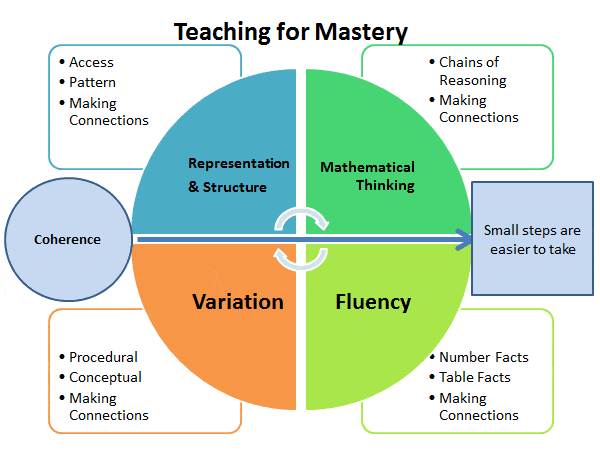
Progression in Mathematics
Information about the progression of knowledge and skills in each of the major topic areas can be found below for Years 1-6.
How can I support my child learning times tables at home?
Learning multiplication tables is a crucial skill for life and supports children’s calculation skills in many areas of maths. Children begin to learn the basics of multiplication and division early on at school, and their skills and knowledge build as they progress.
What Times Tables do the children need to know?
-
Year 2 children should be able to recall and use multiplication and division facts for the 2, 5 and 10-times tables.
-
Year 3 children should be able to recall and use multiplication and division facts for the 3, 4 and 8-times tables.
-
Year 4 children should be able to recall and use multiplication and division facts for the 6, 7, 9, 11 and 12-times tables.
The best way to learn tables is through practice and repetition.
Reciting the table being learnt over and over but using a different silly voice each time. Or take it in turns with a partner to say one fact each, again in a silly voice. Practice saying the table in different ways, e.g. ‘1 times 3 is 3, 2 times 3 is 6’, or ‘one 3 is 3, two 3s are 6’, or ‘3, 6, 9 etc’. Or try singing the tables using different songs.
-
https://www.bbc.co.uk/teach/supermovers/times-table-collection/z4vv6v4
-
https://www.topmarks.co.uk/maths-games/7-11-years/times-tables
Make a multiplication grid. Use squared paper to create a 13 x 13 grid. Across the top row write the numbers 1 to 12, and down the left-hand column write the same numbers. Your challenge is to fill in the squares in the middle by multiplying the number at the far left by the number on top.
To make an easier version, use numbers 1 to 3 or 1 to 5, depending on the tables being learnt.
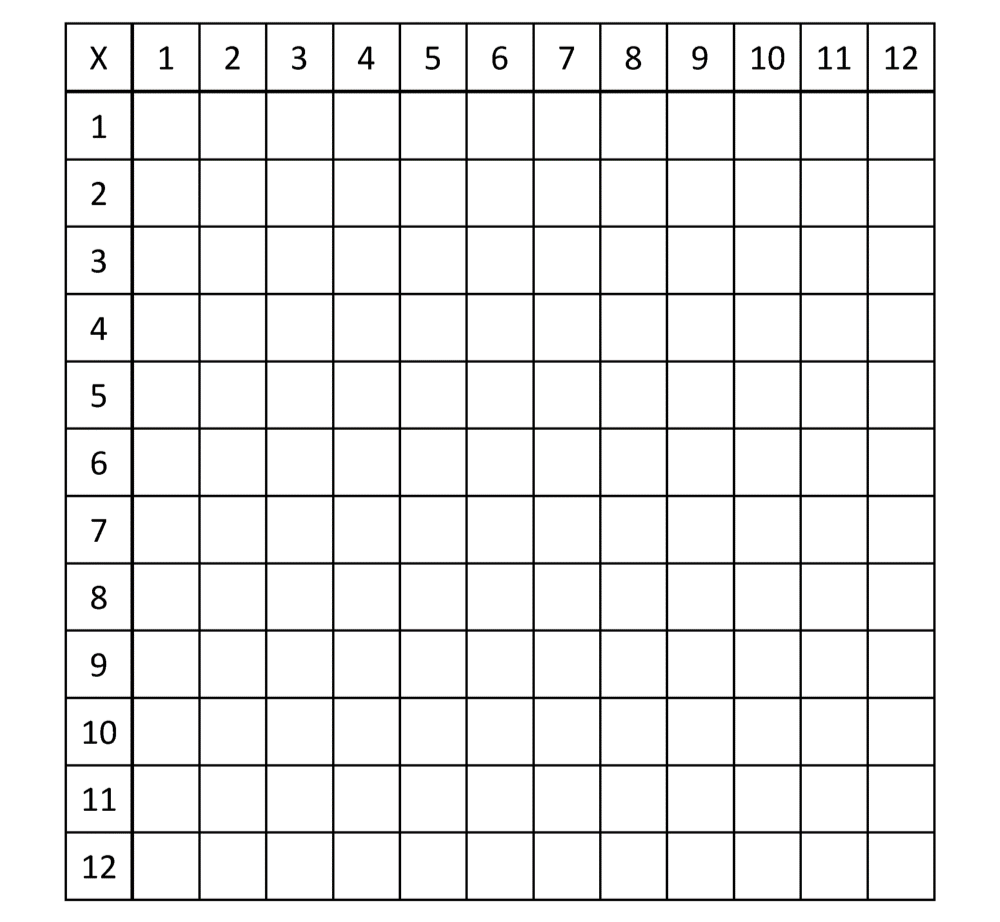
We use three different times table grids to practise times tables in school. You can see the different grids below and download the interactive Excel document that contains all three grids at the bottom of this page (the document is called 'Times Tables by Year Group').
There is a multitude of brilliant interactive games and apps to help with learning tables. Search on the internet and see what you can find, or visit the useful websites below:

